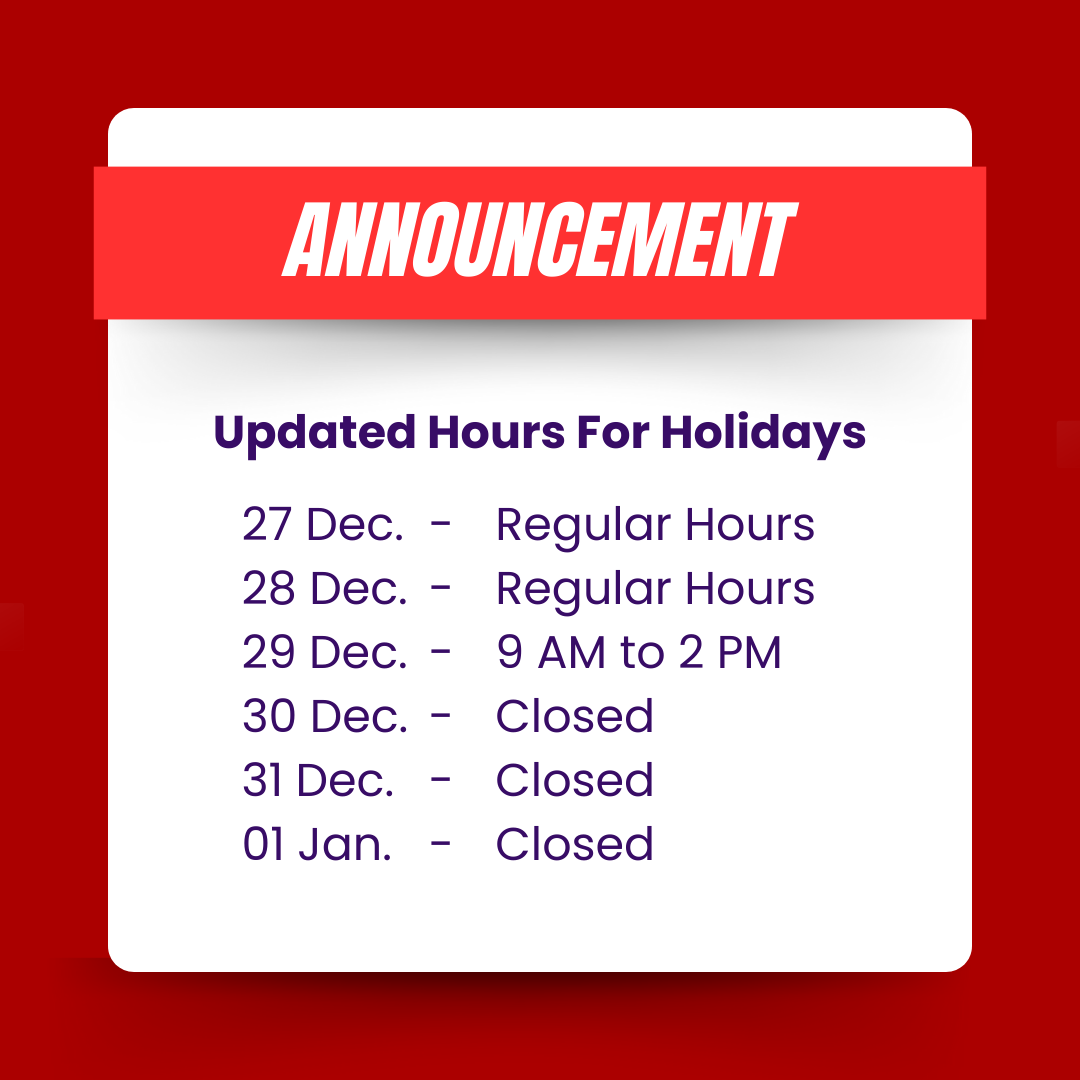Registering a car in Ontario is a necessary process for any vehicle owner in the province. Whether you’re a new resident, just purchased a vehicle, or are simply looking to update your registration, understanding the steps involved is crucial. From gathering the required documents to navigating through ServiceOntario, this guide will walk you through the process in detail. Let’s delve into the step-by-step instructions for registering your car in Ontario.
Understanding the Requirements
Before you begin the registration process, it’s essential to ensure you have all the necessary documents in hand. These typically include:
- Vehicle information (make, model, year, VIN)
- Proof of Canadian insurance
- Valid identification (driver’s license)
- Proof of residency in Ontario Having these documents ready will streamline the registration process and prevent any delays.
Obtain an Ontario Driver’s License (If Needed)
If you’re new to Ontario and do not yet have an Ontario driver’s license, this is the first step. To obtain a license, you’ll need to visit a ServiceOntario center with appropriate identification documents. This may include proof of identity, residency, and legal presence in Canada. Once you have your Ontario driver’s license, you can proceed with the vehicle registration process.
Get Insurance Coverage
Before registering your vehicle, you must obtain valid insurance coverage from a licensed insurer in Ontario. The insurance policy must meet the province’s minimum requirements for liability coverage. You’ll need to provide proof of insurance when registering your vehicle, so ensure you have the necessary documents from your insurance provider.
Vehicle Safety Standards Certificate
For most vehicles, you’ll need a Safety Standards Certificate (SSC) issued by a licensed inspection station. This certificate confirms that the vehicle meets Ontario’s safety standards. The inspection covers various components, including brakes, lights, tires, and more. You can find licensed inspection stations throughout the province, and they will provide you with the SSC after a successful inspection.
Vehicle Emissions Test (if applicable)
In certain regions of Ontario, an emissions test is required for vehicle registration. This test ensures that your vehicle meets emissions standards set by the province. Check if your area requires an emissions test, and if so, visit an authorized Drive Clean facility for testing. If your vehicle passes the emissions test, you’ll receive a Vehicle Inspection Report (VIR) to submit during registration.
Visit a Service Ontario Center
With all the necessary documents in hand, it’s time to visit a Service Ontario center to complete the registration process. Be prepared for potential wait times, especially during peak hours. Once called, present your documents to the service representative. They will verify your information, process the registration, and provide you with license plates and a vehicle permit.
Pay Registration Fees
During the registration process, you’ll need to pay various fees, including:
- Vehicle registration fee
- License plate fee
- Plate sticker fee (if applicable) These fees can vary based on factors such as vehicle type, weight, and plate type. Service Ontario accepts various payment methods, including credit cards, debit cards, and cash.
Receive License Plates and Vehicle Permit
After completing the registration process and paying the fees, you’ll receive your license plates and vehicle permit. The license plates must be attached to the front and back of your vehicle as per Ontario’s regulations. The vehicle permit should be kept in the vehicle at all times as proof of registration.
Understanding Renewal Requirements
Vehicle registration in Ontario is not a one-time process. It requires periodic renewal to ensure your vehicle remains legal for operation. Typically, registration renewals are required annually, and you’ll receive a renewal notice in the mail. The notice will indicate the renewal fee and any other relevant information. You can renew your registration online, by mail, or in person at a ServiceOntario center.
Updating Information
It’s crucial to keep your vehicle and personal information up to date with the Ministry of Transportation. If you move or change any details, such as your address or insurance provider, notify the ministry promptly. Failure to update this information could lead to fines or penalties.
Conclusion
Registering a car in Ontario involves several steps, from gathering the necessary documents to visiting a ServiceOntario center. By following this comprehensive guide, you’ll navigate the process smoothly and ensure your vehicle remains legally registered. Remember to stay informed about renewal requirements and update your information as needed. With your registration complete, you can enjoy the roads of Ontario with peace of mind knowing your vehicle is properly registered and compliant with provincial regulations.







